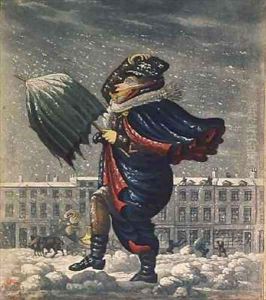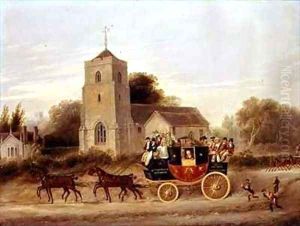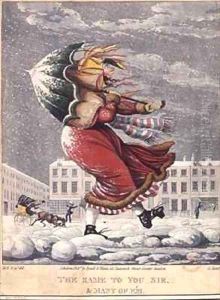Egerton, M. Paintings
Mary Egerton, born in 1868, was an English artist whose life and work remain somewhat enigmatic, veiled in the shadows of the late 19th and early 20th centuries. Not as widely recognized as her contemporaries, Egerton's contributions to the art world, particularly in painting and illustration, reflect the nuanced interplay of gender, society, and creativity during a time of significant cultural and artistic evolution.
Egerton's early life was marked by an education that was typical for women of her class and time, focusing on the arts and domestic skills rather than academic pursuits. Despite these limitations, she showed a remarkable aptitude for drawing and painting from a young age. Her artistic training, as with many women artists of the period, was likely informal and conducted within domestic settings or through private tuition, rather than the more formalized education offered in art schools and academies, which were largely inaccessible to women until the late 19th century.
Throughout her career, Mary Egerton navigated the constraints placed upon her by a society that often undervalued the contributions of women artists. She worked primarily in oils and watercolors, producing landscapes, portraits, and still lifes that were celebrated for their delicate sensitivity and intricate detail. Egerton's style was reflective of the broader Art Nouveau movement, yet it maintained a distinct personal quality, characterized by a soft palette and a gentle, almost ethereal rendering of her subjects.
Despite facing the challenges of her time, Egerton achieved a modicum of recognition, exhibiting her work at various local and national art shows. However, like many women of her era, her career was largely overshadowed by her male counterparts, and she struggled to gain the same level of acclaim or financial success as some of her peers.
Mary Egerton's death in 1920 marked the end of a career that, while not widely celebrated in art historical narratives, contributed to the rich tapestry of English art in the late 19th and early 20th centuries. Her work serves as a testament to the talent and perseverance of women artists navigating the complexities of their social and cultural environments. Today, her paintings, though rare, are cherished by collectors and museums alike, offering a glimpse into the nuanced world of a talented artist working at the turn of the century.


